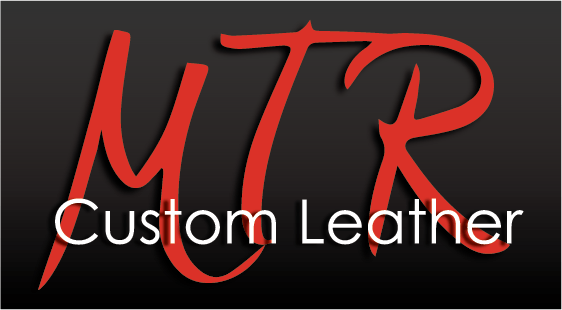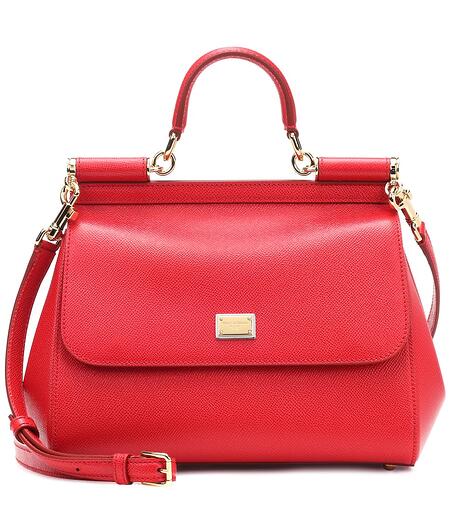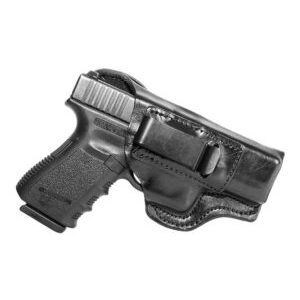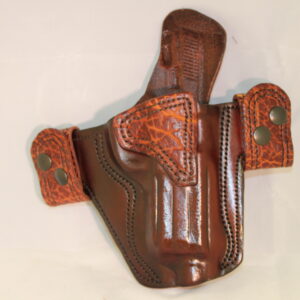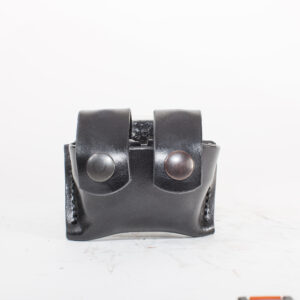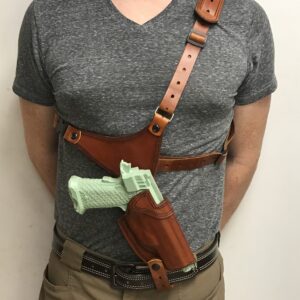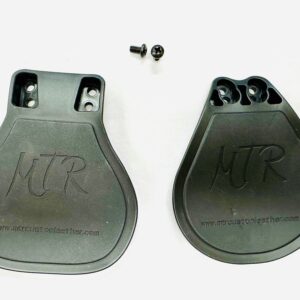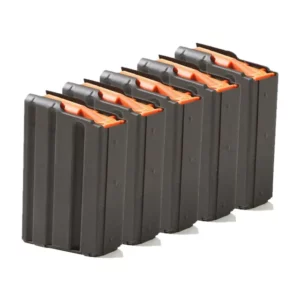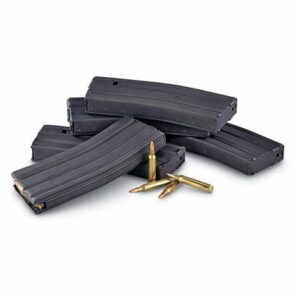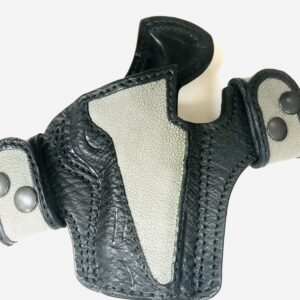How leather is Made?
[ 4 minutes reading ]
Making leather is a slow and technical process that has to be followed with precision and care in order to produce a high-quality leather with the same finish each time.
Keep reading to find out how it is actually made.
The process will start with an animal hide and by the end of the journey there will be a piece of leather ready to be transformed into a bag, clothing or any other leather product.
Here the 5 phases of creating a leather item.
RAW MATERIAL
Leather can be made from the hide of almost any animal including pigs, sheep, goats and crocodiles. However, the most common hide used is the cow.
The art of making leather uses hides that would otherwise be destroyed.
by making leather items, the animal’s hide is turned into a beautiful and useful material that will last for decades.
Of course, the upbringing of the cow will affect the quality of the hide, for instance, cows that have been branded, been exposed to a lot of insect bites or kept near barbed wire fences can have imperfections on their hide.
When you have a clean hide, you need to salt it or place it in a salt brine. The salt will stop the hide from decomposing.
The hides tend to be stored, salted and folded with the flesh sides touching and will remain salted until ready to be processed when it should be soaked in water to remove any dirt or other materials.
If a hide has hair on it then they must be removed. You can do it by using chemical solutions that contain calcium oxide. This may be called a lime bath. If you don’t want to use chemicals and be eco friendly, you can remove the the hair by hand.
After this process you can split the leather in two layers. The upper part of the leather has the highest quality , it’s also called full grain leather. This is due to the fact the upper layer has a much tighter fibre structure making it more durable. When treated correctly this layer is stunning. The bottom layer of the hide will be kept for cheaper leathers with less overall quality than the top layer.
TANNING
Now that the hide has been prepared, the second stage in the leather-making process is called tanning and will convert the hides into leather through preserving the material and stopping decomposition.
Now the hides need to be loaded into a tanning drum along with a special tanning solution. This drum will contain a mix of either vegetable tanning agents or a chromium salt mix. In general, vegetable tanning mix, which contains tannin extracts naturally found in tree barks, will produce a leather that is flexible and is generally used for luggage or furniture. Chromium salts produce a more stretchable leather so will be typically used on products like clothing or handbags.
After this drying process, the hides can then be inspected and separated in levels of quality. The grades of leather will determine what that hide will be used for in the future.
RE-TANNING
A second tanning process can occur again in order to get the leather fully ready for its intended purpose. This is something that can be done for both vegetable mix and chromium salts.
Once the tanning process is complete the hides need to be dried. This drying can occur with a variety of processes such as air dried or vacuum dried.
During the re-tanning stage a bleaching agent can be used and this provides an excellent base to start the leather dyeing stage.
DYEING
The leather dyeing process is what gives the wonderful colour to a finished leather design. This can be anything from the browns and blacks to bright and bold colours.
The actual dyeing process can be incredibly lengthy with hides needing to be added to a large drum along with their chosen dye for a long period of time to ensure the dye takes. After around 8 hours a cutting should be taken to ensure that the dye has completely saturated the hide. Otherwise the leather will look patchy. Afterwards the leather needs to be rinsed thoroughly to remove any residual dye or chemicals. Once rinsed the hide should be dried entirely.
FINISHING
When the dyeing process is complete, the last stage in the leather-making is the finishing. This is the stage where the leather will be worked to ensure that it is soft and flexible. You can also apply products to make the leather glossy.
The last stage of the process will be a quality check to ensure the leather has the correct colour and that there are no flaws on the leather.
